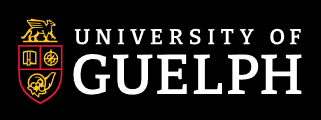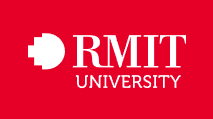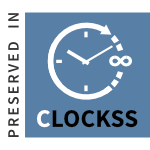Research on Core Algorithms of Desktop Scanning Platform
DOI:
https://doi.org/10.63313/JCSFT.9009Keywords:
Document scanning, image processing, automatic correction, document digitizationAbstract
With the in-depth advancement of informatization and digitalization, the demand for rapid and precise scanning of paper documents in various industries is increasing day by day. Traditional scanning devices have become difficult to meet modern demands in terms of efficiency, accuracy and ease of use. This paper introduces the design and implementation of an artificial intelligence-based desktop scanning platform, which utilizes the powerful machine vision system OpenCV and combines advanced image recognition, enhancement and correction algorithms. Using a personal computer as the hardware platform, the images of paper documents are collected through an external camera. The OpenCV image processing technology is utilized for image segmentation, color correction and shape correction, and ultimately high-quality JPG and PDF format documents are generated. The system also supports contactless scanning and OCR preprocessing, making it suitable for long-distance text recognition and the digitization of precious documents. The research adopts the joint programming of C and OpenCV, designs a user-friendly interactive interface, and realizes automatic correction through edge detection and 3D reconstruction technology. The test results show that the system performs outstandingly in terms of scanning accuracy, efficiency and stability. It is suitable for personal and professional use, especially for the needs of enterprises, educational institutions and government departments.
References
[1] Hui Wan. Comparison of Advantages and Disadvantages between Archival Electronic Documents and Paper Documents[J]. Office Operations, 2018(02): 103.
[2] Siyuan Li. Application of Computer Image Processing Technology and Its Development Trend Prospect[J]. Information System Engineering, 2024(03): 48-51.
[3] Ena Liu, Yifei Liu, et al. Automatic Correction Method for Document Images Based on 3D Edge Reconstruction[J]. Application Research of Computers, 2007(07): 315-317+320.
[4] Jing Cao, Kang Chen, et al. Automatic Verification Method for Stamped Document Images Based on OCR and Image Detection[J]. Journal of Applied Sciences, 2023, 41(06): 1058-1067.
[5] Yiwen Chen, Ping Fan. Design and Implementation of Text Recognition System for Batch Images[J]. Journal of Hubei University of Science and Technology, 2016, 36(S1): 141-143.
[6] Hussain I, Ahmad R, et al. Deep learning-based recognition system for pashto handwritten text: benchmark on PHTI[J]. PeerJ Computer Science, 2024, 10.
[7] Amit K. Cross-platform Mobile Document Scanner[J]. Computer Science and Engineering, 2018, 8(1).
[8] Fuji Xerox Co. Ltd.; Patent Issued for Capturing Documents From Screens For Archival, Search, Annotation, And Sharing (USPTO 10,809,895)[J]. Computer Weekly News, 2020.
[9] Hongchang Zhuang. Overview of MFC Algorithm[J]. Art Science and Technology, 2016, 29(11): 92.
[10] Jun Ji, Lifu Yan, et al. Design of Visual Measurement System Based on Hybrid Programming of HALCON and VC++[J]. Journal of Xianyang Normal University, 2011, 26(06): 20-24.
[11] Qingjun Li, Qinghao Meng, et al. Research and Application of Image Smoothing Technolo-gy[J]. Technology Innovation and Application, 2022, 12(02): 165-167.
Downloads
Published
Issue
Section
License
Copyright (c) 2025 by author(s) and Erytis Publishing Limited.

This work is licensed under a Creative Commons Attribution-ShareAlike 4.0 International License.

















